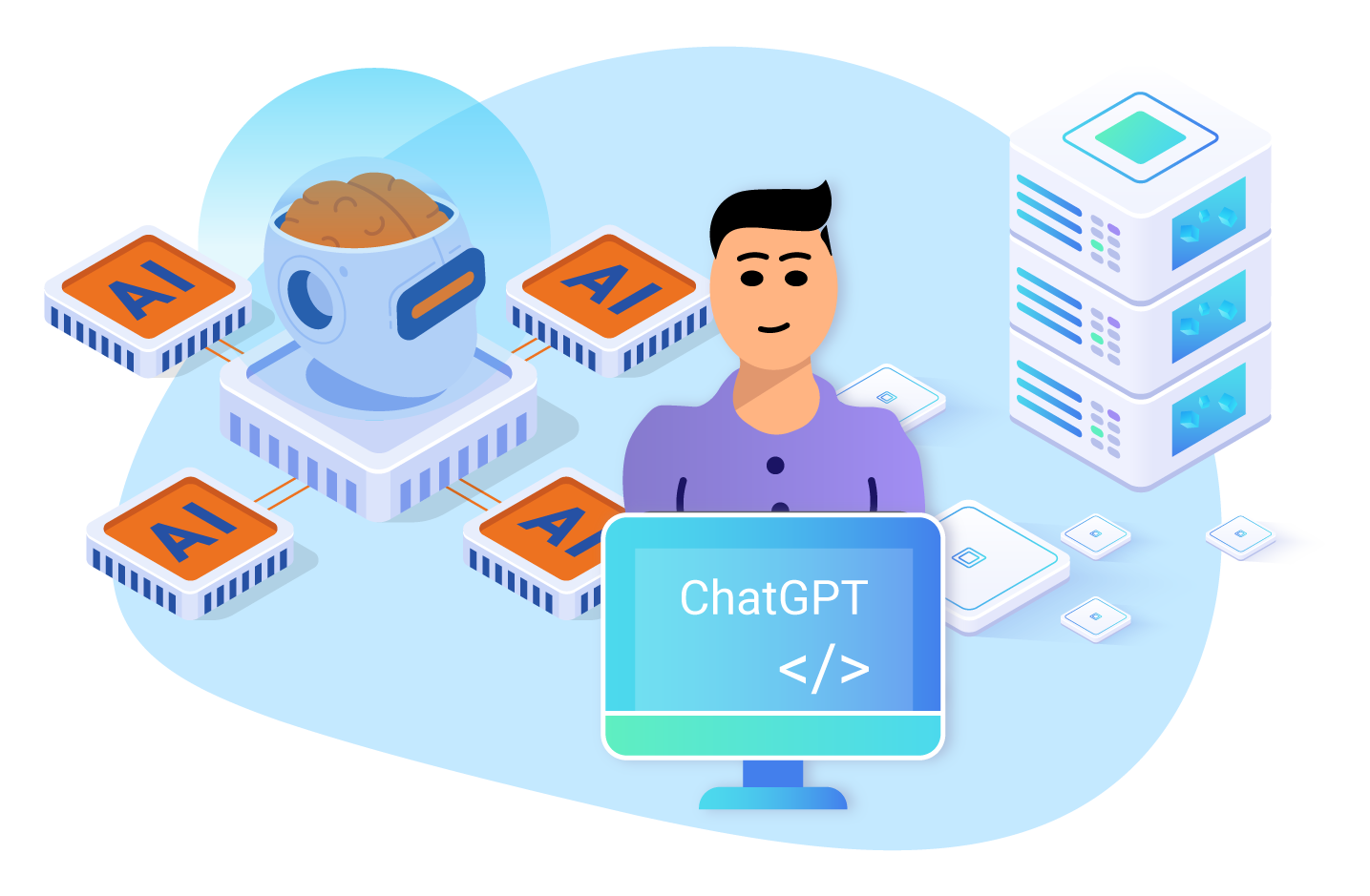Unveiling the Myth of AI: What You Need to Know
AI, or artificial intelligence, has left us collectively astounded in recent months. It's often said that it will revolutionize entire sectors and take over our jobs. Amidst the excitement and fear, it's important to know that AI is not a magical solution. It's simply powerful software excelling in pattern recognition. In this article, we discuss popular misconceptions, ethical considerations, and how to fully utilize AI's potential.

Time to Pierce the Hype
The explosive growth of ‘free’ tools like ChatGPT, BingBot, and DALL-E 2 has allowed the public to extensively experiment with generative AI. This has led many to be dazzled by the seemingly endless possibilities for creative thinking. While this excitement has inspired people to enhance their work and personal lives, it has also sparked fear among creative professionals like writers and artists, who worry about becoming replaceable.
The important nuance? AI is not magical. It doesn’t think or understand. It’s simply very good at recognizing patterns, something we’re not used to in computer systems. The sudden rise of AI chatbots that simulate human-like conversations is confusing; conversations with ChatGPT, for example, seem so natural and advanced that it’s hard to believe they come from a complex Boolean web (true or false). This magical impression can partly be explained by the complexity of artificial intelligence, which is difficult for laypeople to understand.
As Arthur C. Clarke once said, any sufficiently advanced technology is indistinguishable from magic.
However, we must remember it is still a technological advancement. Once you know the limitations of Large Language Models (LLMs) like those used by ChatGPT and BingBot, it becomes easier to navigate around them. Ask ChatGPT to write an essay about a local celebrity, and it will confidently provide a list of their achievements, often with little accuracy. This illustrates how these AI systems work: they link words in ways that seem coherent but don’t verify the factual accuracy.
Strong in Pattern Recognition, Useless Without Humans
ChatGPT doesn’t think, and DALL-E doesn’t know what its last batch of generated images looked like. Google Lens doesn’t understand what it sees. They’re all trained on vast amounts of data, creating extensive networks of nodes that generate output envisioned by their human trainers.
There are many examples where AI seems to work perfectly until it suddenly doesn’t. One notable case involved an AI trained to distinguish between wolves and huskies. Initially, it correctly labeled all test photos, but when the test set was expanded, it failed to identify wolves correctly. The AI had used the presence of snow in the photos as the distinguishing factor. A husky in the snow was incorrectly labeled as a wolf. This shows that while AI models are excellent at pattern recognition, they are nearly useless without humans to define success parameters and clean the data.
AI as a Tool, Not a Replacement
This example demonstrates that AI is useless without human intervention and won’t quickly take over our jobs. Many employers think otherwise, which is why tech giants invest heavily in developing better AI systems. AI can provide a significant productivity boost when used correctly, potentially reducing the need for personnel. However, this is secondary. AI should be seen as a tool to make work more manageable, just as the steam engine did centuries ago and the internet revolution did over the past 50 years. It’s vital to view AI as a tool to ease the lives of employees, not as a means to reduce labor costs by cutting staff.
The Dangers of Uncontrolled Data Scraping
Another pitfall to watch out for is data collection. AI requires vast amounts of data for training, which must be obtained somehow. For most AIs discussed here, training datasets come from massive internet scraping, raising questions about legality, copyright, and fair use. For example, if an artist is inspired by another's work and creates something new, we consider the result a new artwork. However, it becomes a gray area when a neural network like DALL-E is trained on numerous online images protected as intellectual property. Does this count as drawing inspiration, as OpenAI claims? Or does the automated nature fall short of true creativity?
Need for Ethical Guidelines and Legal Frameworks
Computer scientists have been calling for robust AI and big data regulations for years, but lawmakers are lagging, with significant consequences. Consider recent stories from China and the US about government agencies and mega-corporations using real-time facial recognition to send fines for crimes at places people have never been or deny them entry because their employer is in a lawsuit with the location's owner. These are real-world examples happening now, not hypotheticals.
There are already weapons companies selling AI-based drones equipped with facial recognition software and machine guns. This might seem like a way to limit collateral damage, but local governments like the NYPD and London’s MET are almost salivating at the thought of having swarms of autonomous killer drones to eliminate potential criminals. Sounds like a dystopian movie plot? With the right legal framework, we can avoid such scenarios.
AI as an Aid to Humans, Under Certain Conditions
In the era of AI, it’s crucial to separate reality from hype. While AI tools can revolutionize various fields, it’s essential to understand that AI is primarily an advanced pattern recognition system. By striving for responsible data collection and ethical usage, we can fully harness AI’s potential as a complement to human expertise.















